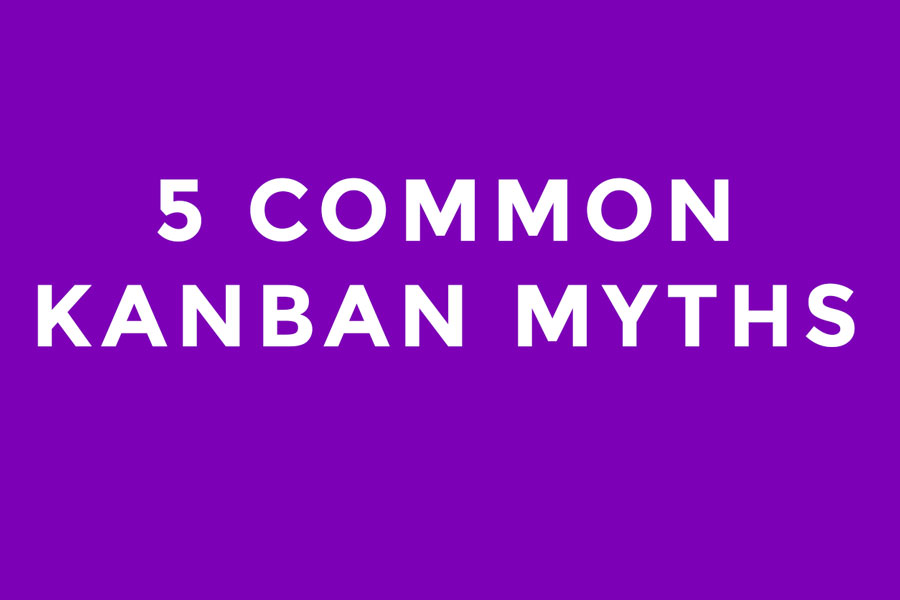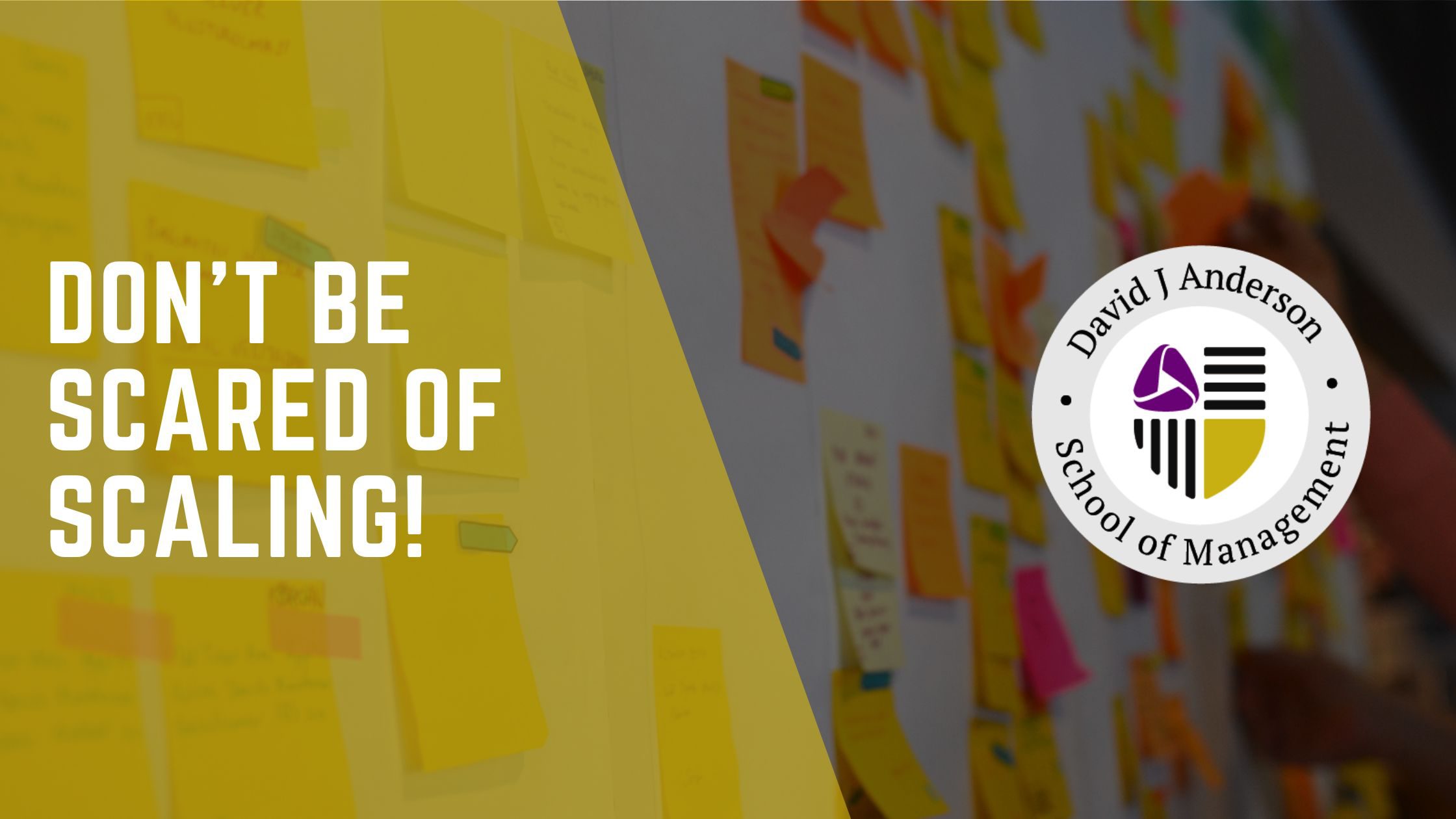Dispelling 5 Common Kanban Myths
There are many misconceptions about Kanban which may have come from outdated references online, stories from predecessors in the workplace, or from competing methods.
The Kanban Method is a non-disruptive method for managing evolutionary change and used in conjunction with the Kanban Maturity Model the most successful way to evolve organizational maturity.
This article started as a Kanban infographic and in the future, we are likely to update it as there are many more myths that we’d like to bust. If you have experienced misconceptions about using Kanban in the workplace then please share with us in the comments below.
You can also find out more about the Kanban Method from the Kanban University in this article, 10 things to know about the Kanban Method.
1. Kanban is just a board

2. Kanban is just for co-located teams

3. Kanban is only for IT or Software Development

4. Kanban relies on wishful thinking

5. Implementing Kanban requires abrupt or disruptive change
Kanban is a non-disruptive method for managing evolutionary change. Fundamental to the method is the ability to make incremental changes starting with what you are doing now. Making smaller incremental changes protects the overall system from risk and ensures improvements are actually being made by analyzing the results in isolation with each change. It also gives the possibility to easily rollback to where an organization was without any additional cost or disruption that is inherent in other change methods.






